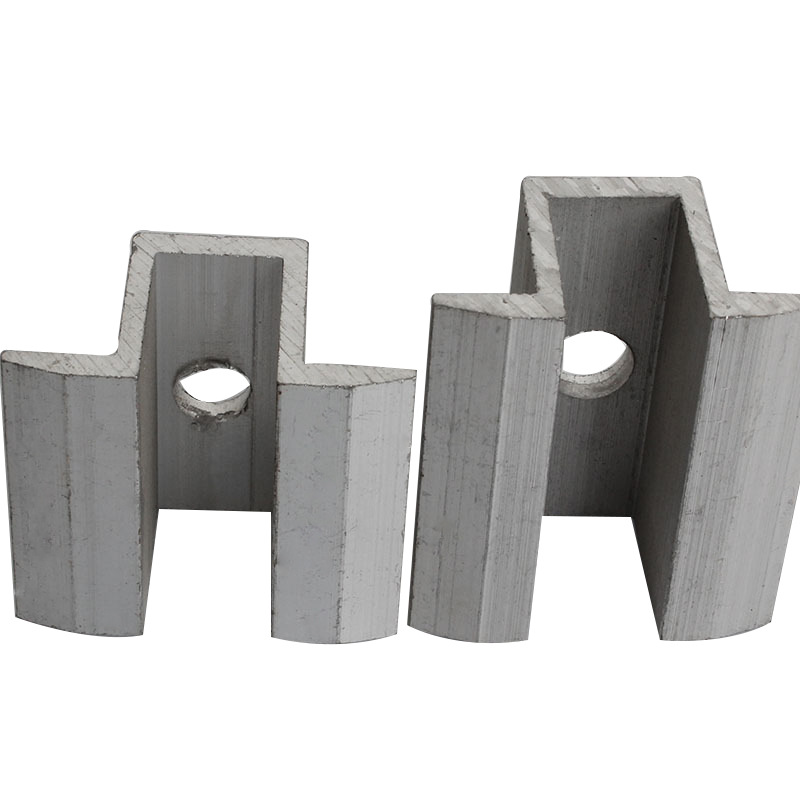

Metal Building Bolts Types and Their Applications for Durable Construction Solutions
Nov . 01, 2024 12:29 Back to list
Metal Building Bolts Types and Their Applications for Durable Construction Solutions
Understanding Metal Building Bolts Essential Components for Structural Integrity
Metal building bolts play a crucial role in ensuring the stability and longevity of various structures. They are primarily used to fasten metal parts together, providing strength and durability. Understanding the different types of bolts and their applications is essential for anyone involved in construction or metal fabrication.
One of the primary materials used in manufacturing metal building bolts is steel, known for its high tensile strength
. These bolts are often galvanized or coated to prevent corrosion, making them suitable for outdoor and industrial applications. The choice of coating can significantly impact the bolt's performance and lifespan, particularly in environments exposed to moisture or chemicals.There are several types of bolts commonly used in metal buildings, including hex bolts, carriage bolts, and lag bolts. Hex bolts, characterized by their hexagonal heads, are typically used in heavy-duty applications. They require a wrench for installation and are favored for their high strength and load-bearing capabilities. Carriage bolts, on the other hand, feature a rounded head and a square neck, preventing the bolt from turning while it is being tightened. This design makes them ideal for connecting wooden structures to metal parts. Lag bolts, with their coarse threads, are used to fasten wood to metal, providing a secure connection that can withstand significant stress.
metal building bolts

When selecting the appropriate bolt for a project, it is essential to consider several factors, such as load requirements, environmental conditions, and the materials being fastened. The bolt size, thread pitch, and grade are critical specifications that directly affect the performance of the bolted connection. Higher-grade bolts, for example, are designed to withstand greater stresses, making them suitable for more demanding applications.
Proper installation of metal building bolts is equally important. This includes adhering to recommended torque specifications to ensure that bolts are neither over-tightened nor under-tightened. Over-tightening can lead to bolt breakage or stripping of threads, while under-tightening can result in loose connections and potential structural failure.
In conclusion, metal building bolts are integral components in the construction and manufacturing industries. Their strength, versatility, and durability make them essential for creating stable structures. By understanding the different types of bolts available, their applications, and installation techniques, builders and fabricators can ensure the structural integrity of their projects. As technology advances, the development of new materials and coating processes will continue to enhance the performance of metal building bolts, making them even more reliable and efficient for future construction endeavors.
Latest news
-
High-Strength Hot Dip Galvanized Bolts - Hebei Longze | Corrosion Resistance, Customization
NewsJul.30,2025
-
Hot Dip Galvanized Bolts-Hebei Longze|Corrosion Resistance&High Strength
NewsJul.30,2025
-
High-Strength Hot-Dip Galvanized Bolts-Hebei Longze|Corrosion Resistance&High Strength
NewsJul.30,2025
-
Hot Dip Galvanized Bolts-Hebei Longze|Corrosion Resistance&High Strength
NewsJul.30,2025
-
Hot Dip Galvanized Bolts - Hebei Longze | Corrosion Resistance, High Strength
NewsJul.30,2025
-
High-Strength Hot Dip Galvanized Bolts-Hebei Longze|Corrosion Resistance, Grade 8.8
NewsJul.30,2025

